If you’re from America’s Southwest and you’re looking for socially distant adventures amidst COVID-19, you’re in luck. The Southwest is one of the more exotic regions of the United States, covering parts of the Mojave, Sonoran, and Chihuahuan Deserts, plus the Colorado Plateau (which, for the record, is basically a high desert).
Temperatures here can soar to 125°F in the summer and drop to below freezing (perfect for skiing!) in the winter—and you can find yourself transported from the fiery red desert landscape to high up in the mountains after a relatively short car ride. Once you hightail it out of the major cities, it can feel like you’re in another world—or, at least, as close to an international adventure as you’re likely to get in the age of the novel coronavirus.
The idea of a “desert” is one of barren space, but you can find some of the country’s most unique socially distant adventures in the Southwest: the crystal-clear-blue water of Havasupai Canyon in a secluded corner of the Grand Canyon in Arizona, the stark-white sand dunes of New Mexico, the spiky stalactites of the cave systems spreading underneath Texas… Against these backdrops, there’s no shortage of adventures to be had—especially if you want to avoid crowded trails, campsites, and shores. You can try everything from sand dune surfing to river rafting, backcountry hiking to scuba diving (yes, seriously).
Disclaimer: Before planning a trip, be sure to review the CDC Travelers’ Health page for alerts and updates, as well as any travel advisories for the specific location you hope to visit. Wear a mask, socially distance, and bring food, drinks, and supplies if you can.
5 Socially Distant Adventures to Embark on if You Live in the Southwest
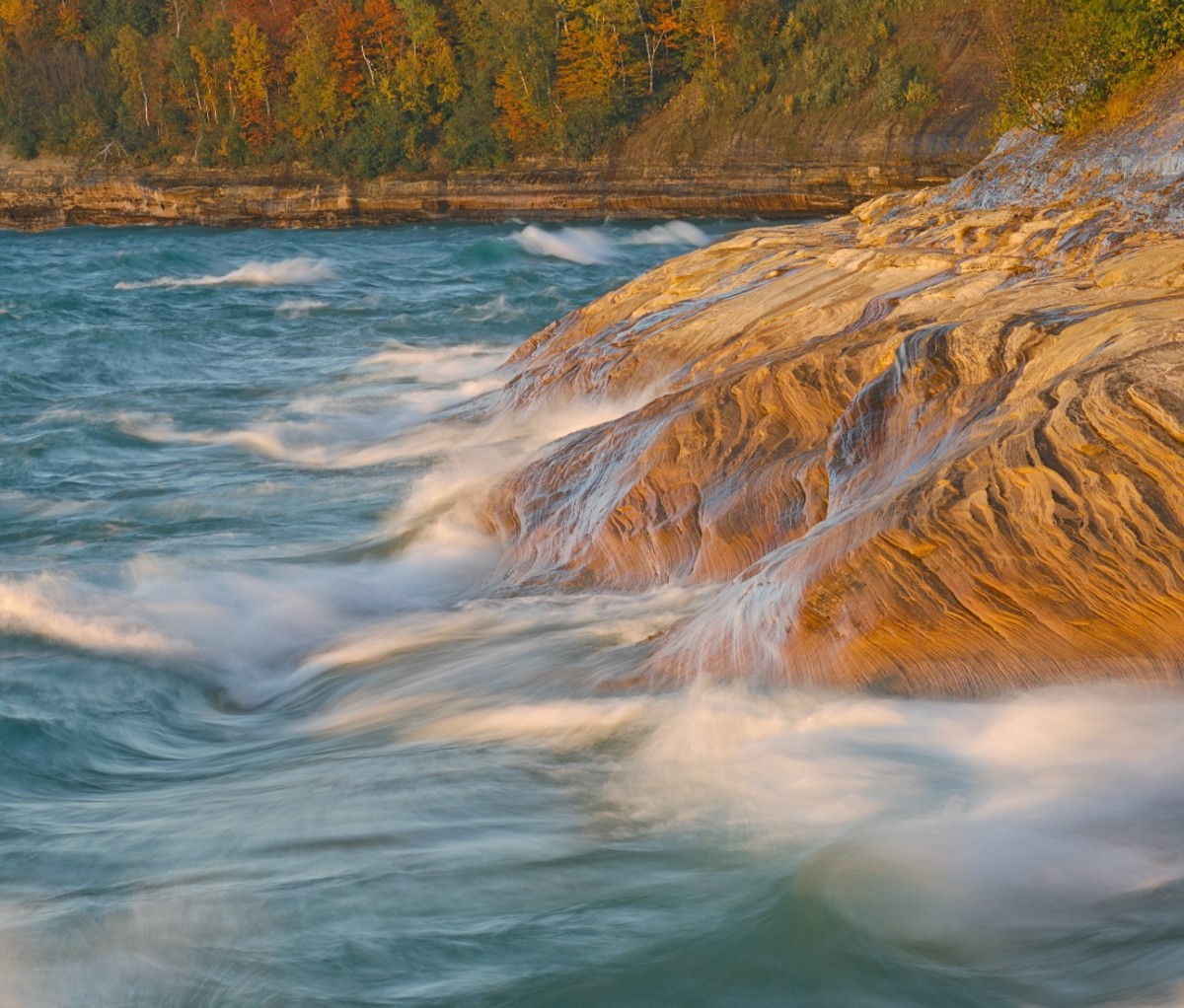
1. Surf Michigan’s Upper Peninsula – Marquette, MI
Michigan’s Upper Peninsula, a five-hour drive from Milwaukee or a seven-hour trek from Detroit, contains just three percent of the state’s population. Once you’ve made it through the forests to the shoreline of Lake Superior, you’ll find swells that can reach up to a record 28 feet—not what you’d expect in the Midwest, right? The biggest waves actually arrive in the winter (due to low pressure weather systems hovering over the lake), but late-summer storms can churn up choppy six- to eight-footers as well. There are dedicated locals that take to the water year-round, but you’ll never deal with congested lineups here.
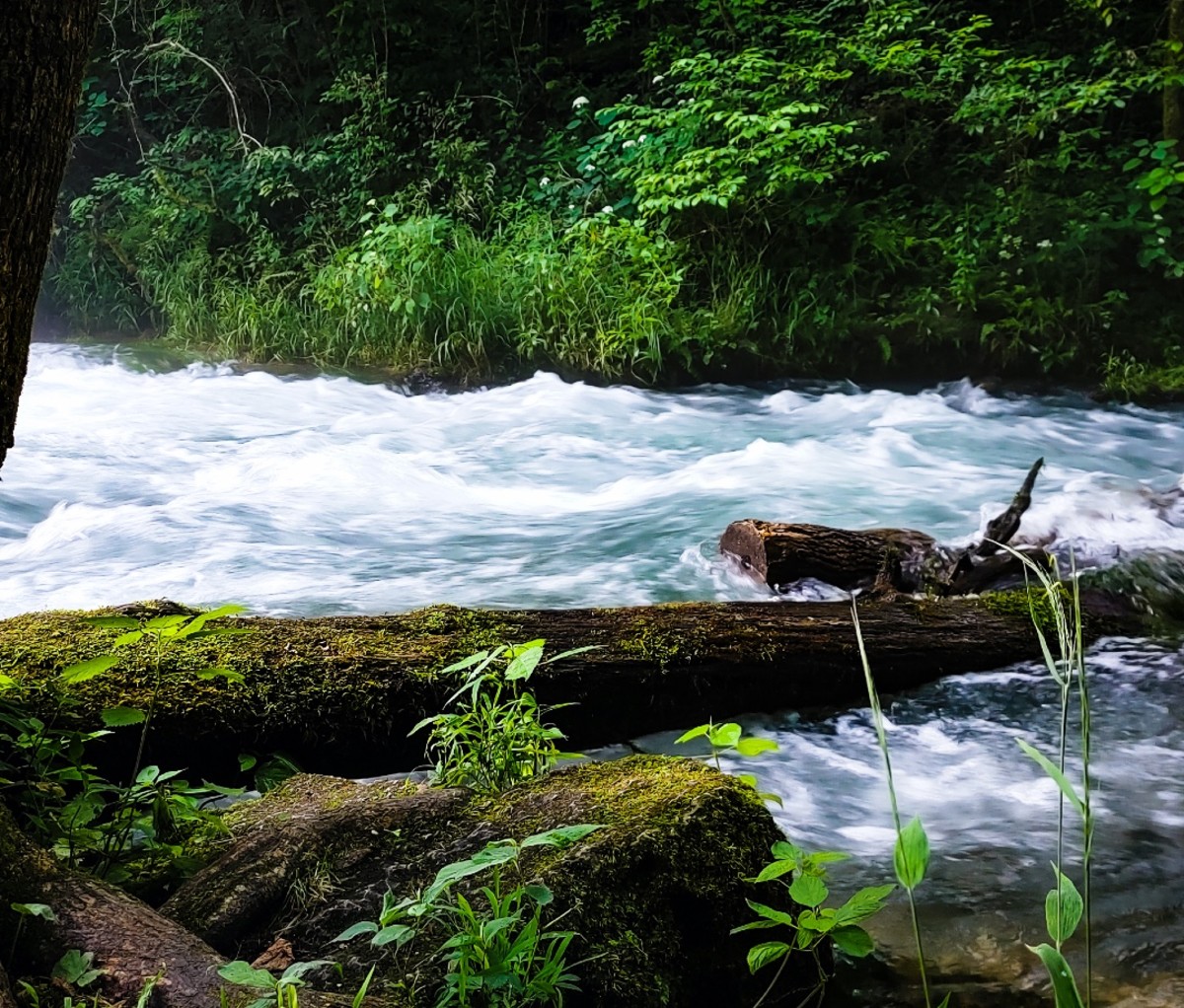
2. Explore the Sunklands – Shannon County, MO
Three hours from St. Louis, Missouri’s Sunklands—which cover over 37,000 acres in the Ozarks—is one of the largest and most remote conservation areas in the state. It’s also home to Missouri’s longest sinkhole complex (fun fact: the Geological Survey Program has identified about 16,000 in MO), which is over a mile long, 600 feet wide, and 200 feet deep. Walk-in and float-in camping is permitted, but you have to BYO everything; there are no amenities in the park. It’s also unlikely that you’ll encounter anyone else while hiking (there are no designated trails, so you have full freedom to roam), hunting, or fishing.
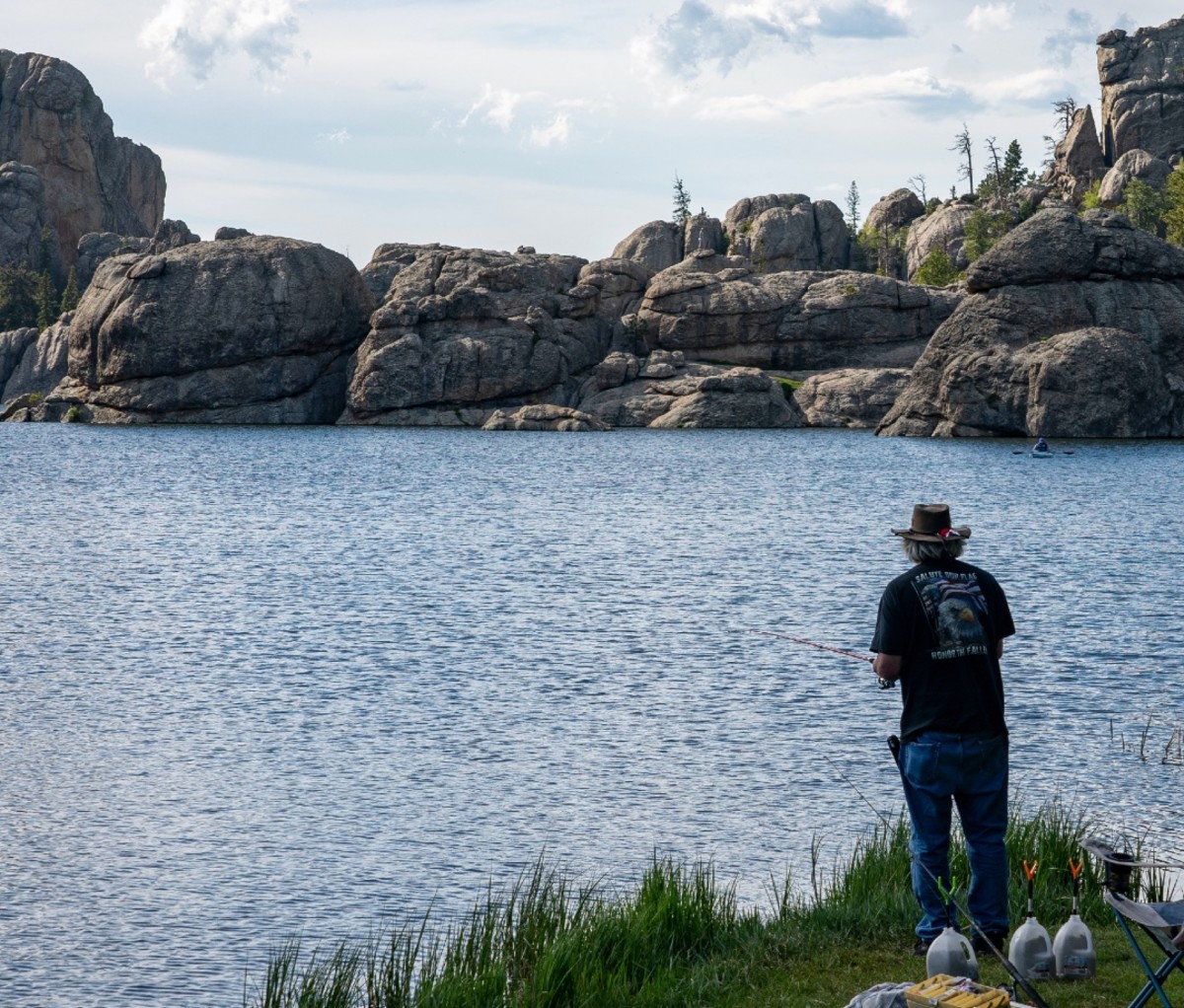
3. Summit the Spires in Custer State Park – Custer County, SD
A mere 30-minute drive from Rapid City, Custer State Park covers 71,000 acres in the isolated Black Hills in western South Dakota. The Needles Highway will take you through 14 miles of pine and spruce forests, and past one of the park’s must-sees: the Needle or Cathedral Spires. These granite rock formations are a 30-minute hike from the road and boast over 100 trad climbing routes. (Trad, or traditional, climbing requires you to bring all your own gear and place it in rock cracks and nooks yourself, then remove it when you’re done.) Spire 4 is the highest and most popular, but there are eight others to choose from if other climbers have beat you to it.
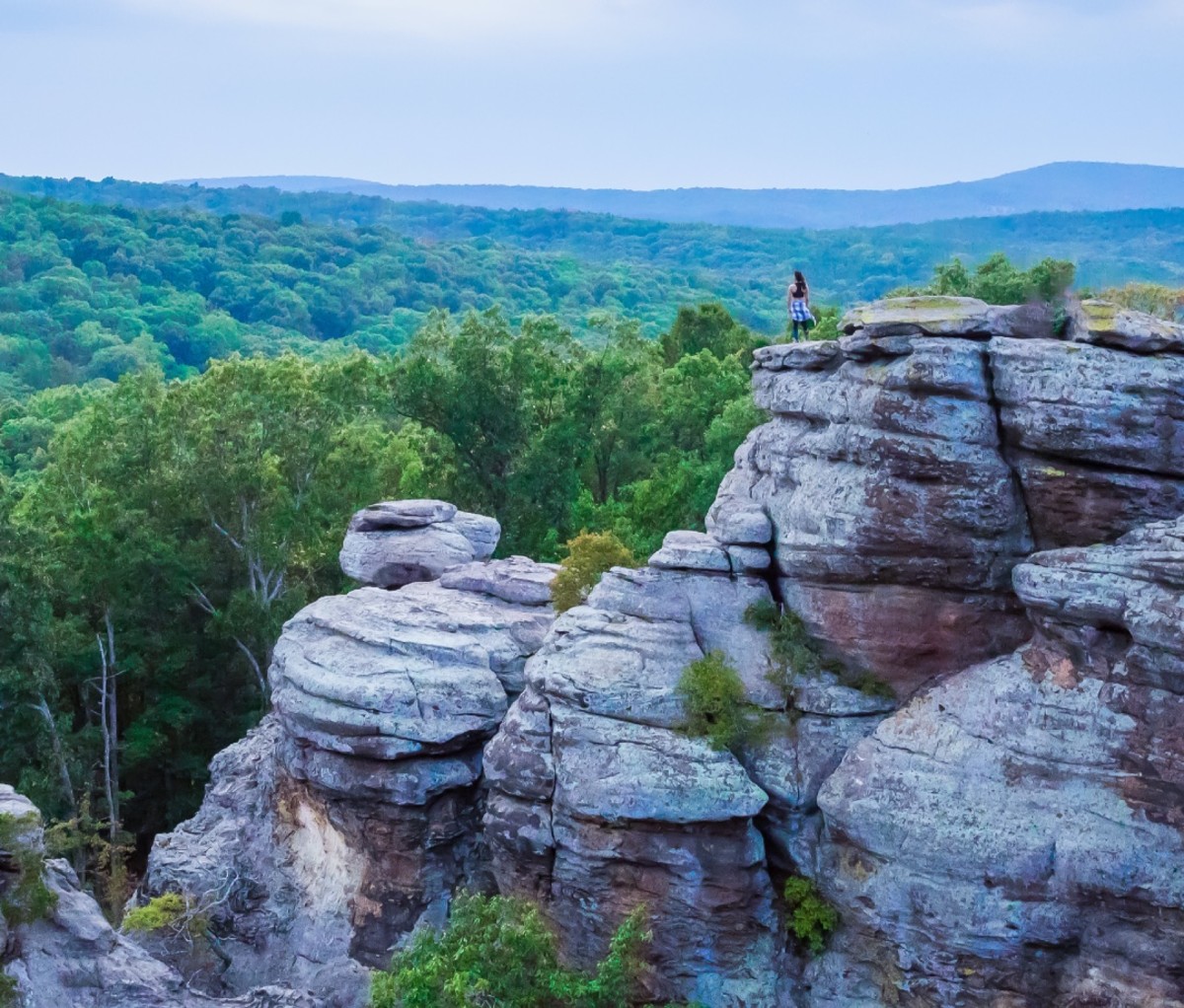
4. Trek the River to River Trail – Harrisburg, IL
Midwesterners from four states can escape to the bottom tip of Illinois to roam parts of the 160-mile trail between the Ohio River to the Mississippi River. It’s two hours from St. Louis, MO; three hours from Louisville, KY; four hours from Indianapolis, IN; and five hours from Chicago.
The trail covers some of the most rugged and remote areas within the Shawnee National Forest, meandering through upland forests, wetlands, grasslands, and bluffs. To do it in its entirety can take two to three weeks, if you’re really looking to go off the grid.
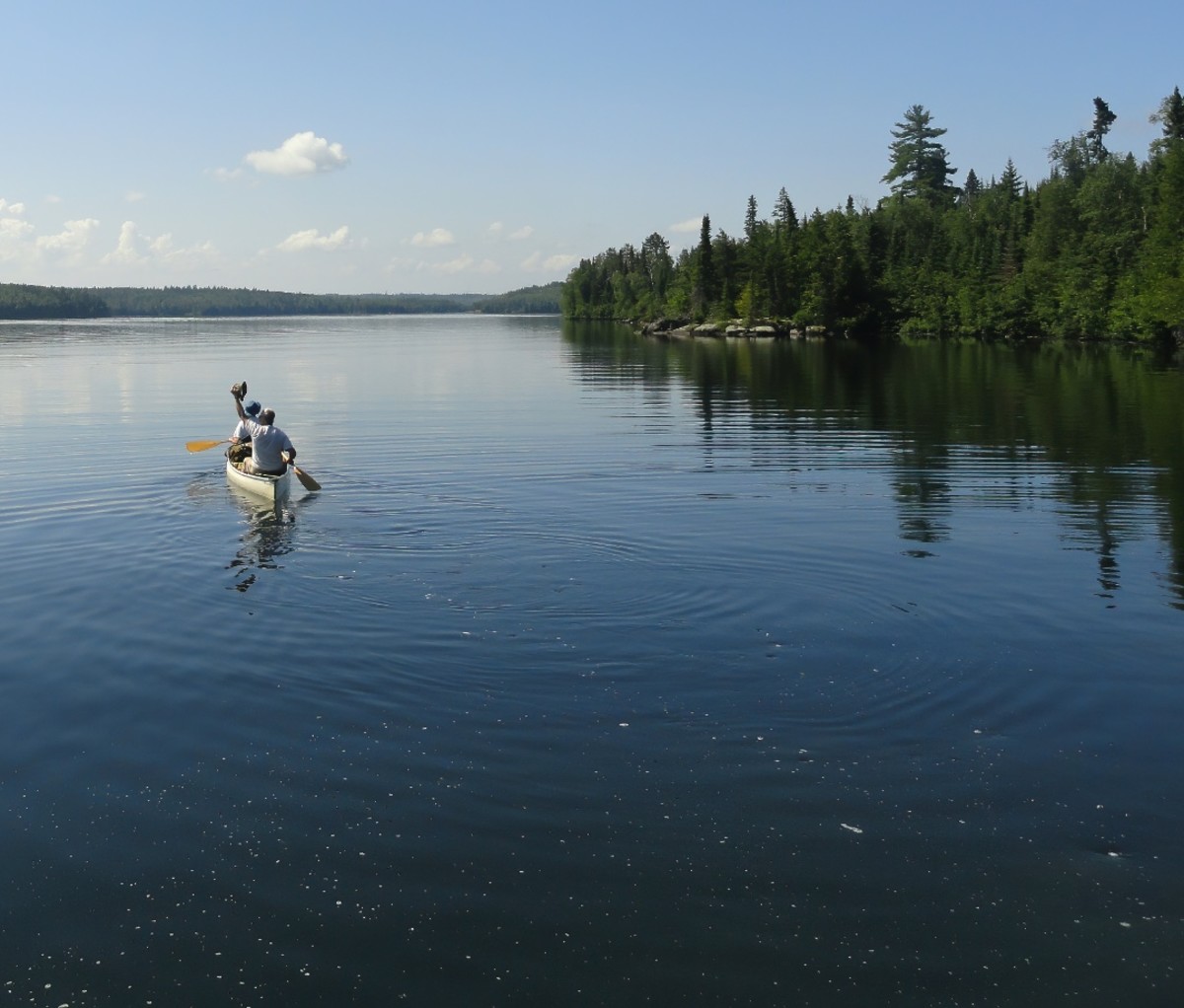
5. Canoe Along the Border of Canada – Boundary Waters Canoe Area, MN
This one-million-acre wilderness area within the Superior National Forest is so isolated, it’s practically not even a part of this country (and, yet, it’s only two to three hours from Duluth). There are over 1,000 lakes and streams, many of which butt right up against 150 miles of the international boundary between the U.S. and Canada. You can explore those far-flung waters via 1,200+ miles of canoe routes, and set up camp at any of the 2,000 backcountry sites. It’s highly unlikely that you’ll come across any neighbors. Want to guarantee your seclusion? Head to the southern shore of Knife Lake, which is 12 miles from any roads.
from Men's Journal https://ift.tt/3fOUUSP
via IFTTT











0 comments:
Post a Comment